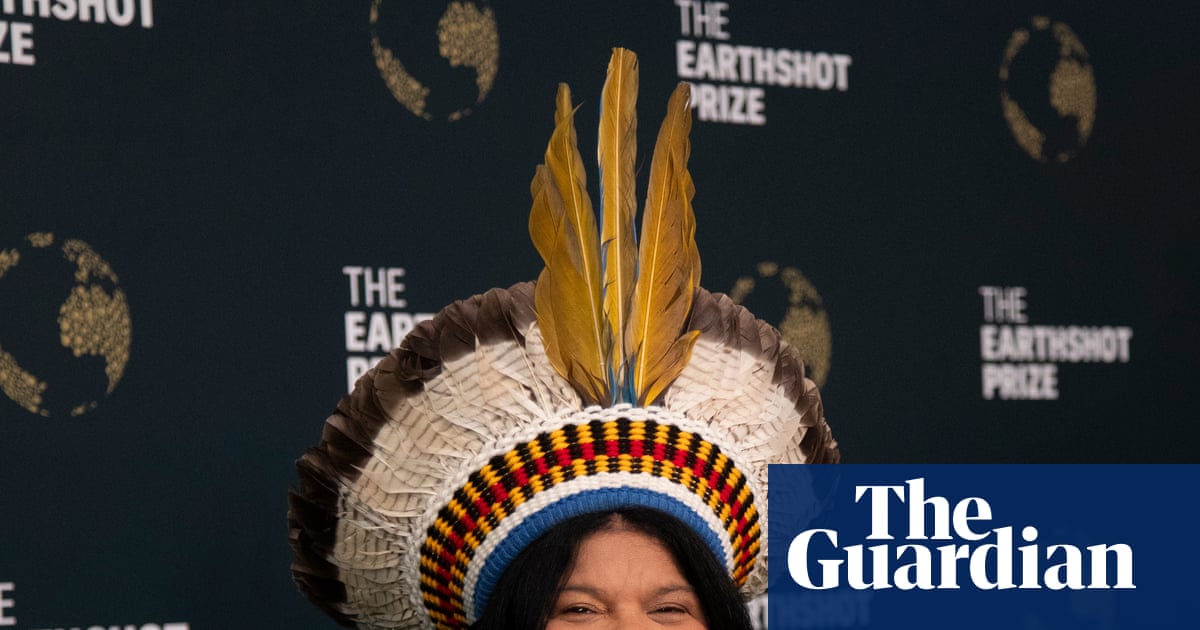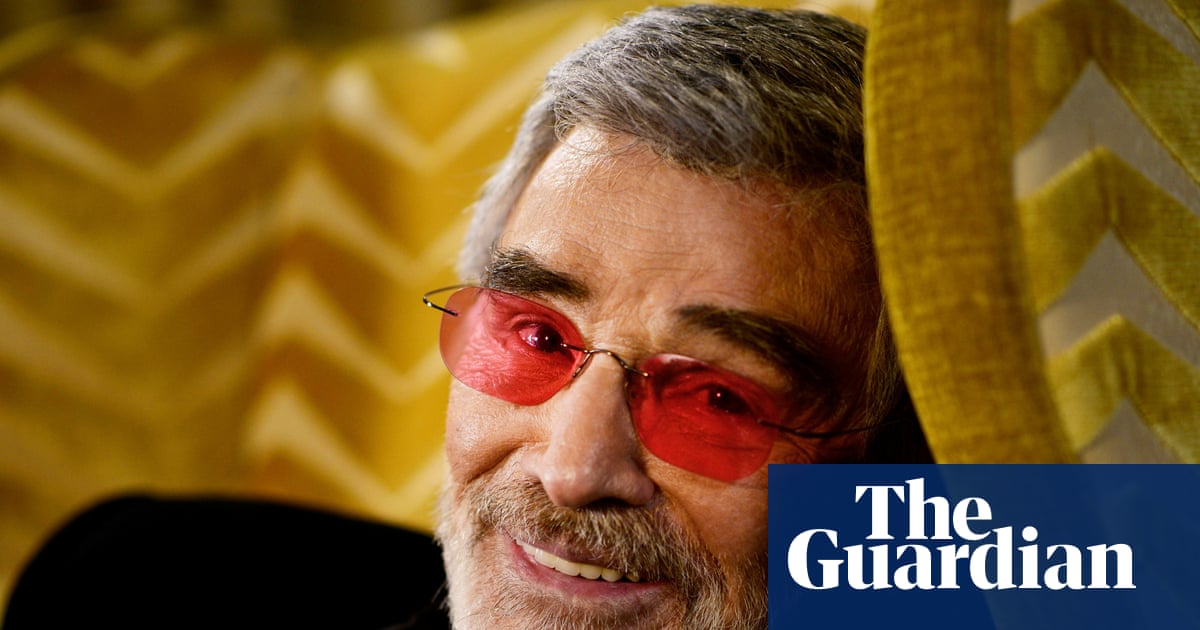Would you like to be chased by a pack of hounds? It’s a question often put to highlight the cruelty of hunting, because the answer would seem to be no. Or so you would think.
Yet increasing numbers of people are volunteering to be chased across the countryside by baying bloodhounds in what could soon be the only legal way to hunt with dogs in England and Wales, rather than pursuing animals or their scents.
Under government plans to outlaw trail hunting, where dogs follow an animal-based scent, the planned tightening of the “unworkable” 2004 foxhunting ban has prompted growing interest in so-called clean-boot hunting. This country pursuit has the rare distinction of being backed by both the League Against Cruel Sports and some former fox hunters.
It involves bloodhounds and horse riders pursuing not foxes but cross-country runners. Today, one of those runners is your nervous Guardian reporter, as I join the human quarry of the New Forest Hounds (NFH).
It is not a blood sport, I have been assured. Despite their ghoulish name, bloodhounds, unlike foxhounds, do not tear their quarry to pieces. “They’re very soft and friendly, you’ll see,” says Will Day, joint master of the hunt. The screensaver on his phone is a photo of Shogun, the pack’s champion chaser.
Day takes me to a Victorian kennels built for foxhounds and still topped with a weathervane in the shape of a fox. It is now home to 40 bloodhounds, noisily excited by the arrival of a lorry that signals they will soon in pursuit.
It also home to professional huntsman Danny Allen and his young family, one of NFH’s three full-time employees. “This is the future of hunting,” he says.
Later he will lead the hunt in a bright green jacket and call in the hounds with a horn. He also has the less glamorous task of retrieving dead livestock to feed to the hounds, in a knackerman business which helps fund the hunt. “It’s a side of it that the public don’t see, but it takes up most of my time,” says Allen. In an outhouse lies the remains of a pony that the hounds have just polished off. This grisly sight does nothing to allay my pre-hunt paranoia about being eaten alive.
Those nerves intensify when I’m asked to get inside the hunt lorry to allow the hounds to get a good whiff of my body odour. Before hunts runners are advised not to shower or use deodorant to ensure they are at their smelliest.
I am warned to lean up against the side of the lorry to avoid being knocked over by the hounds, who can weigh up to 11 stones (70kg). When their cages are opened they come bounding towards me in a whirl of black and tan fur, lolling tongues, and drooling jowls. They all jostle to put their huge paws on my shoulders to sniff up close and personal.
The other three runners: Day, Meghan Clarke, the hunt’s treasurer; and Rich Shirley, the quarry captain, are used to this, and know most of the hounds by name. To a novice it is a bracing initiation, but it does show the hounds are harmless, however boisterous.
Meanwhile, hunters, horses and their followers are gathering for the start of the meet outside the Bold Forester’s pub. It has all the trappings of a traditional hunt: horsey types in jodhpurs, hunting horns, and copious amounts of port laid on by the pub. The only things missing are hunt saboteurs and a fox.
After the 2004 ban, NFH switched from foxhunting to trail hunting – a pursuit of animal scents, typically fox urine. In 2020 Forestry England suspended trail hunting on its land which includes the New Forest. This prompted NFH to switch again. It is now one of 22 clean-boot hunts across the UK.
A small minority of the hunt resigned in protest at this perceived wokery. Day would have preferred to carry on trail hunting, but now he is a zealous convert. He says: “Society moves on and you have to move with it. We were all very pleasantly surprised with how well it went and how fun it is.”
NFH volunteers, who help with the logistical challenge of organising meets, include veterans of the Countryside Alliance march against the hunting ban in 2002, but also former hunt saboteurs fervently opposed to hunting any animals – except human volunteers.
Before the hunt sets off, volunteers are given a head start and begin running. To avoid confusing the hounds with other scents, Day takes us away from any paths. It means scrambling across thick bracken, heather and gorse.
Nervous glances behind show no sign of the chasing pack. But soon we can hear the ominous sound of deep barking getting closer. It makes the heart pump even faster. This is cross-country running with added peril.
Bloodhounds are used across the world for tracking missing people, suspected criminals and escaped convicts. On rough ground like this they can run three times as fast as a human and they don’t give up. They have been known to carry on chasing days after humans have fled.
We have no chance of escape. They are soon so close that to continue running would be futile. We hunker down in the heather so the hounds will have to find us only by smell and not sight. With unerring skill these stench-seeking missiles hit us in a flash.
Once again we are bombarded with wet snouts and slobbery jowls. Any irrational fears of being gobbled up are instantly allayed.
As soon as they catch us the hounds quickly lose interest. They are already keen to start the next hunt. Once we have caught our breadth and wiped ourselves down, we go again.
Over the course of the day we end up running more than eight miles in five separate hunts. Wherever we went – across bogs, wading through rivers and clambering through woods – the hounds always caught us. Their ability to follow their noses is uncanny and awesome to witness first-hand.
Being hunted by hounds is strangely exhilarating. It is certainly more exciting than a Parkrun.

 2 hours ago
6
2 hours ago
6

















































